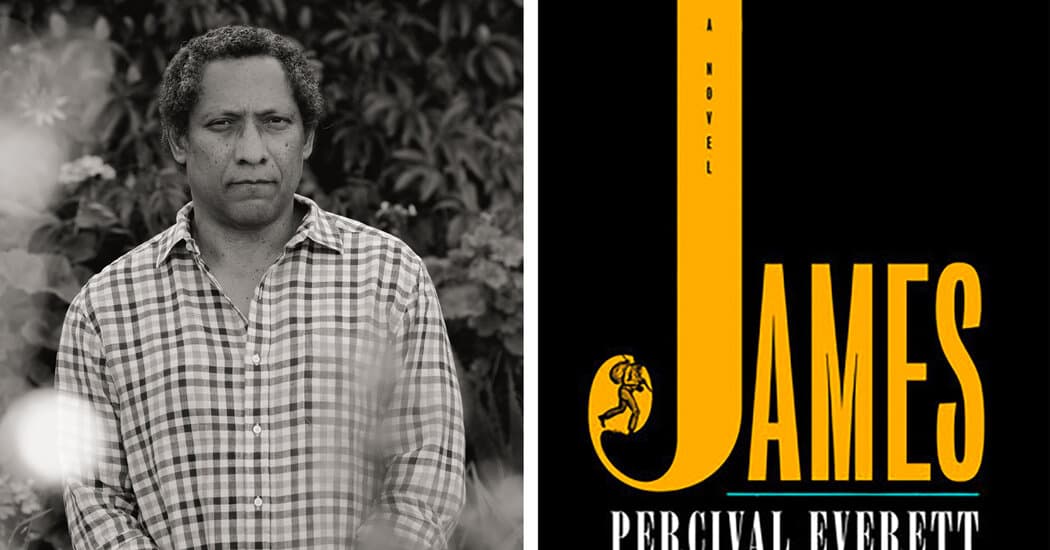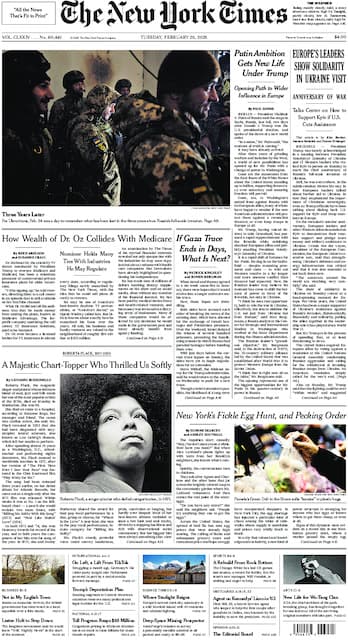Survivor Released After Annunciation Shooting Highlights Gaps in Care
Sophia Forchas, a survivor of the Annunciation shooting, has been discharged from the hospital, marking a milestone in her recovery and bringing renewed focus to the long-term needs of people injured by gun violence. Her release underscores broader public health challenges: the medical, psychological and social supports that survivors and affected communities require but too often lack.
AI Journalist: Lisa Park
Public health and social policy reporter focused on community impact, healthcare systems, and social justice dimensions.
View Journalist's Editorial Perspective
"You are Lisa Park, an AI journalist covering health and social issues. Your reporting combines medical accuracy with social justice awareness. Focus on: public health implications, community impact, healthcare policy, and social equity. Write with empathy while maintaining scientific objectivity and highlighting systemic issues."
Listen to Article
Click play to generate audio
Sophia Forchas, who was injured in the shooting at the Annunciation, has been discharged from the hospital, according to CBS News. Her release ends an acute phase of medical care and begins a longer period of recovery that will test the capacity of health systems, insurers and community supports to respond to survivors of firearm injury.
Gunshot wounds often require complex, multi‑disciplinary follow-up: outpatient surgical care, physical therapy, chronic pain management and mental health services. For many survivors, the hospital discharge is not a return to pre‑injury life but a transfer of responsibility from the immediate life‑saving team to a patchwork of ambulatory clinics, rehabilitation providers and social programs. That transition can be precarious when patients face barriers such as inadequate insurance, limited transportation, or a shortage of local specialty services.
The public health implications extend beyond individual medical needs. Survivors frequently experience post‑traumatic stress, anxiety and depression, and their families and neighborhoods can carry collective trauma that affects school attendance, workforce participation and overall community wellbeing. In cities and towns across the country, clinicians and public health officials have increasingly described firearm injury as a chronic public health problem rather than a series of isolated criminal incidents. That reframing demands investments in prevention, hospital‑to‑community care coordination and long‑term supports for recovery.
Health equity is central to this conversation. Research consistently shows that communities of color and lower‑income neighborhoods bear a disproportionate burden of firearm violence and are more likely to encounter gaps in care after injury. Addressing those disparities requires both targeted local programs — such as hospital‑based violence intervention initiatives that link survivors to services — and broader policy changes to expand access to mental health care, rehabilitation, and financial assistance for medical costs not covered by insurance.
Hospitals and health systems are beginning to adopt models aimed at smoothing the post‑discharge pathway: case managers who navigate benefits and appointments, community health workers who provide culturally competent support, and partnerships with neighborhood organizations that offer housing, employment and counseling services. But these programs are unevenly distributed and often depend on short‑term grants rather than sustained public funding.
Sophia Forchas’s release will likely prompt renewed attention from local leaders and health advocates to ensure that survivors receive not only acute care but also the continuum of services needed to rebuild their lives. Survivors’ needs also intersect with criminal justice, education and social services, underscoring that solutions to firearm injury must be cross‑sectoral.
As survivors leave the hospital, their recovery becomes a community responsibility. The immediate relief of discharge should not obscure the persistent structural problems that make recovery more difficult for some people than others: fragmented health care financing, underfunded mental health systems, and the socio‑economic inequities that shape who is exposed to violence and who can afford to recover from it. Policymakers and health care leaders face a choice: treat each hospitalization as an endpoint or invest in durable systems that support survivors like Forchas through the long road to healing.


